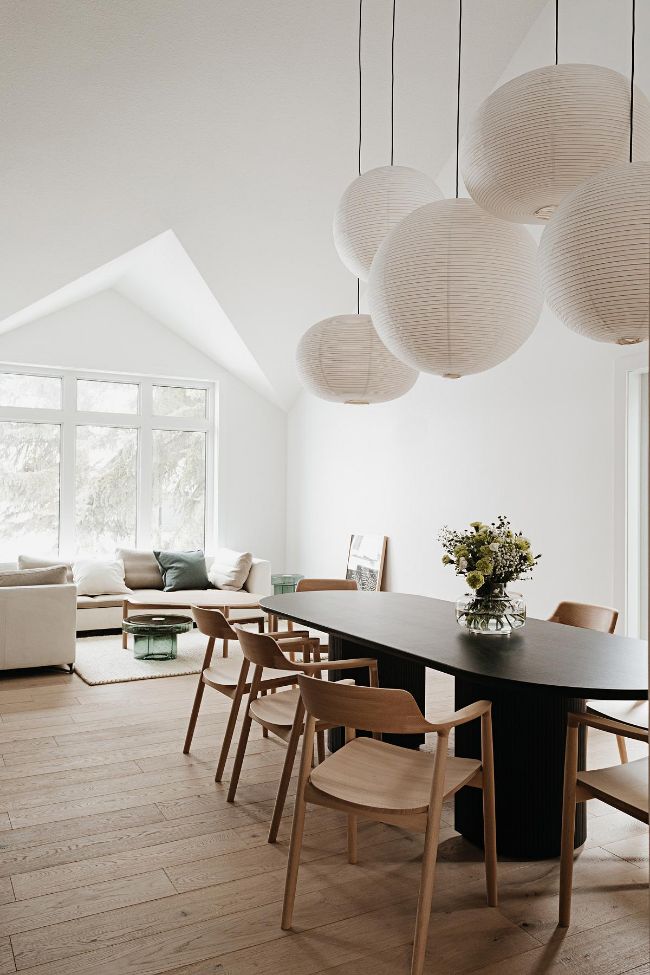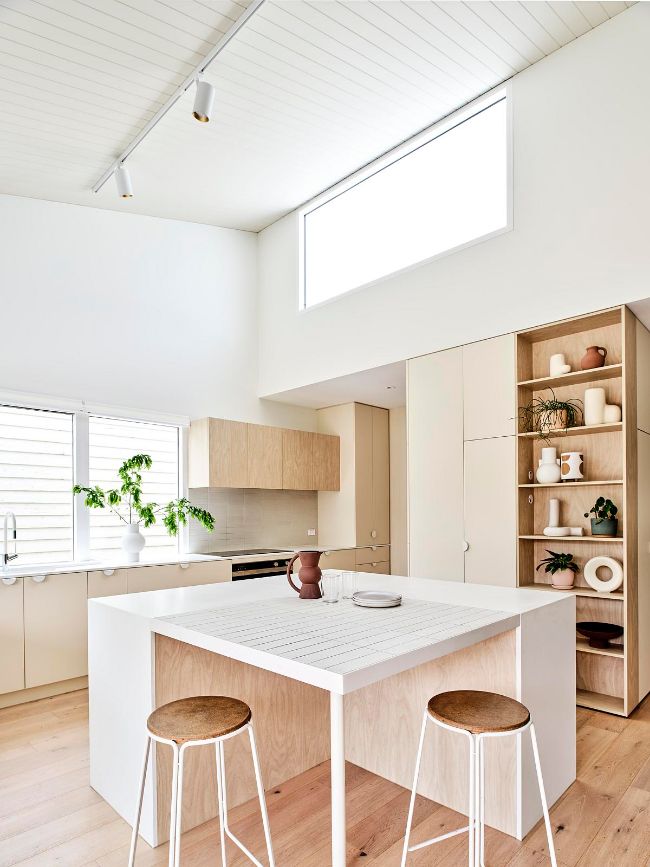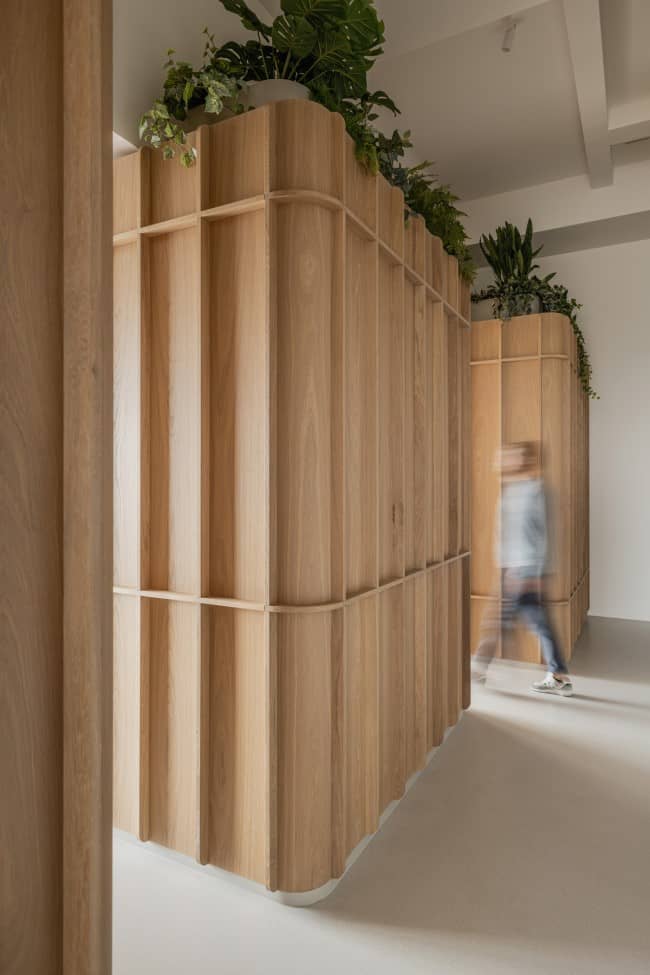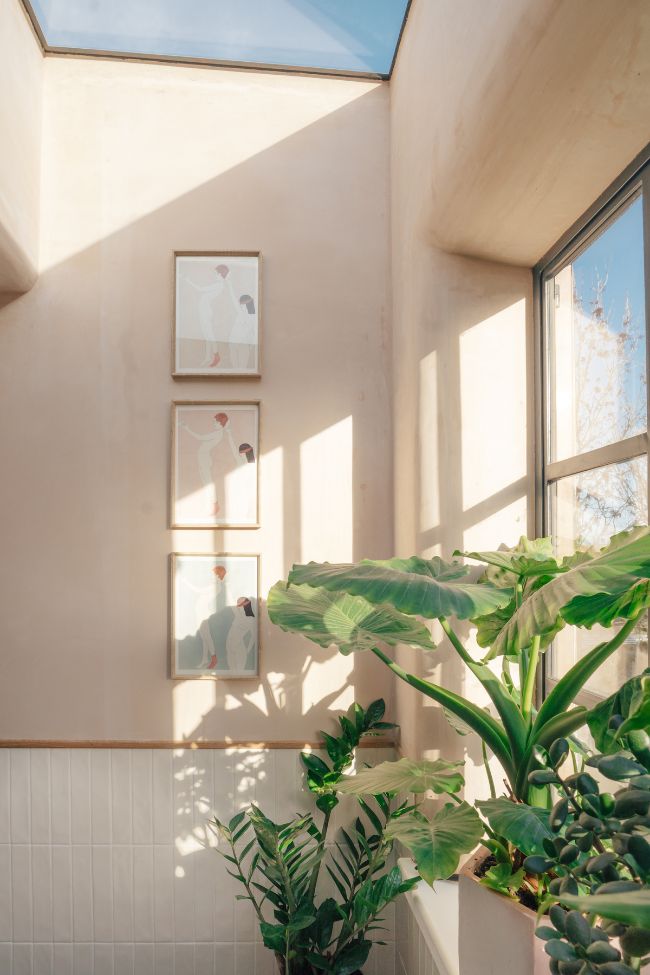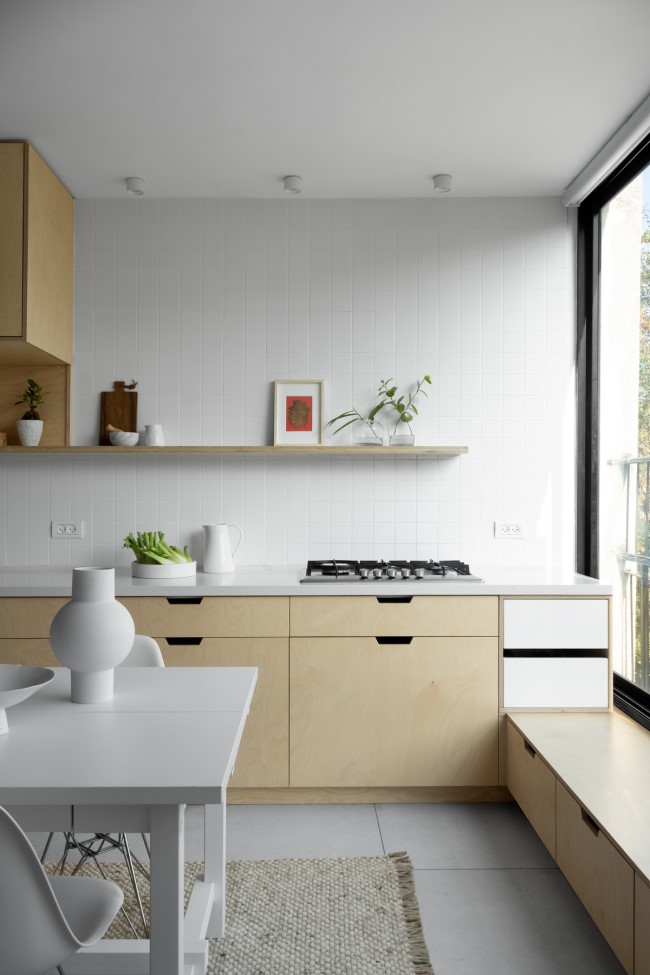
How To Transform Your Home Interior Into A Personalized Space
Personalizing your space means creating a comfortable and welcoming environment that resonates with your unique personality, tastes, and values. It is a rewarding process that allows you to exhibit your identity and personal journey while ensuring your space becomes your sanctuary.
Whether you’re embarking on decorating a new house or aiming to rejuvenate your existing decor, numerous methods are available to incorporate your style into your home. Read on for insightful tips in personalizing your home interior.
Discovering Your Unique Design Style
Discovering your unique design style is crucial in personalizing your space. You can find inspiration from different sources such as magazines, Pinterest, or social media. Alternatively, you can consider your personal interests and hobbies.
You can then collect images that catch your eye, paying attention to the colors, patterns, and textures that appeal to you. As you gather inspiration and reflect on your interests, you may see recurring themes and elements reflecting your unique style.
Take note of these patterns and use them to create a cohesive design plan for your space. If you need some help, you can hire Allison Smith Portland Interior Designer to assist you.
Creating A Personalized Palette For Your Home
Color selection is one of the most important aspects of interior design. It can make a room feel larger or smaller, warmer or cooler, or brighter or duller. More importantly, it sets the tone for the entire room and can evoke a range of emotions and moods.
Here are some tips to help you create a personalized color scheme for your home:
- Begin with a neutral foundation: Utilizing a neutral color scheme, such as shades of white, beige, or gray, can establish a soothing canvas for your living space, allowing your chosen accent colors to stand out. This foundation serves as a solid starting point for your design.
- Integrate accent colors: With a neutral foundation, it’s time to introduce accent colors that represent your style. Draw from the colors you discovered during your design style exploration for ideas. If you’re unsure where to begin, consult a color wheel to identify complementary and contrasting hues.
- Set the ambiance with colors: Various colors can elicit distinct moods and emotions. For instance, shades of blue and green generate a tranquil environment, while yellows and oranges evoke energy and warmth. Contemplate the ambiance you wish to cultivate in each room and select colors accordingly.
- Consider your space’s continuity: When choosing colors for your residence, it’s crucial to consider how each room transitions to the next. Aim for a consistent color palette throughout your home to achieve a cohesive and harmonious atmosphere.
- Embrace experimentation: Selecting a color palette can appear daunting, but it’s essential to be open to experimenting and enjoy the creative process. Explore various combinations and identify what best suits both you and your living space.
Selecting the right color palette is essential to creating a space that reflects your personality.
Adding Depth and Visual Interest Through Textures and Patterns
When designing your home, it’s important to remember that texture and pattern can add visual interest and depth to a space. By layering different textures and introducing patterns, you can create a dynamic and inviting atmosphere that resonates with you.
Here are some tips on how to add texture and pattern to your home:
- Combine various textiles: Blending different fabrics can effectively introduce texture to an area. Utilize velvet, linen, and wool to establish a warm, layered ambiance. Textured textiles can also enhance the dimension of furniture, cushions, and drapes.
- Incorporate patterns: Patterns can enrich a space by providing visual interest and depth. Introduce patterned elements through wallpaper, carpets, or decorative cushions to generate a focal point within a room. When integrating patterns, be mindful of their scale and compatibility with the existing decor.
- Integrate natural elements: Employing natural materials such as wood, stone, and plants can contribute to the texture and depth of a room. Include these elements in your design with features like wooden coffee tables, stone fireplaces, or potted plants in woven containers.
- Layer rugs: Overlapping can add texture and pattern to a space. Layer a patterned rug atop a neutral one to create a warm and welcoming atmosphere. When combining rugs, pay attention to their size and proportions to ensure they complement each other.
- Incorporate decorative touches: Adding decorative elements like throw blankets, cushions, and wall art can contribute to the texture and pattern within a room. Aim for a harmonious blend of textures and patterns to establish a cohesive and inviting environment.
By incorporating texture and pattern into your decor, you can create a cozy and inviting space while emphasizing your aesthetic preferences.
Personalizing Wall Decor Through Art And Photography
When personalizing your home, wall decor can play a significant role in creating a space that feels uniquely yours. Art and photography are great ways to add a personal touch to your walls and reflect your personality and style.
Here are some ways to use art and photography as decorative elements:
- Choose pieces that speak to you: When selecting art and photography for your walls, choosing pieces that speak to you is important. Look for pieces that reflect your personality and style and evoke emotions or memories.
- Consider the size and scale: When hanging art and photography on your walls, it’s essential to consider the size and scale of each piece. Large pieces can make a statement and draw the eye, while smaller pieces can be used to create a gallery wall or add interest to a smaller space.
- Mix and match styles: Don’t be afraid to mix and match styles when it comes to your wall decor. Consider using a variety of art and photography styles, such as abstract, landscape, or black-and-white photography, to create a dynamic and exciting space.
- Use frames to tie it all together: Frames can help connect your wall decor together and create a cohesive look. Consider using frames in various styles and finishes to add interest and texture to your walls.
- Create a gallery wall: A gallery wall is a great way to showcase your style and add interest to a space. Consider using a mix of art and photography styles, frame sizes, and shapes to create a dynamic and visually interesting display.
You can create a space that feels uniquely yours by personalizing your wall decor through art and photography.
Integrating Plants And Natural Elements
Integrating plants and natural elements into your home decor is a great way to create a serene and calming environment. Natural elements have been shown to reduce stress and anxiety, and adding plants to your space can improve air quality and promote a sense of well-being.
Here are some tips on how to integrate plants and natural elements into your home interior:
- Choose plants that thrive indoors: When selecting plants for your home, choosing ones that thrive in indoor environments is important. Some examples of plants that do well indoors include snake plants, pothos, and spider plants. When decorating with indoor plants, remember to place them in areas with natural light but not direct sunlight.
- Create a green wall: A green wall is a great way to integrate plants into your space and add visual interest. Consider using hanging planters or a vertical garden to create a living wall in your home.
- Add water features: Water features such as fountains or indoor ponds can add a calming element to your space. The sound of flowing water can promote relaxation and create a serene atmosphere.
- Incorporate natural light: Natural light is a key component of a serene environment. Use sheer curtains or blinds to let in natural light and create a bright, airy space.
You can create a serene environment that promotes relaxation and well-being by integrating plants and natural elements into your home decor.
Curating A Personal Collection
Curating a personal collection of memorabilia, antiques, and treasured items can be a great way to showcase your personality and add interest to your home decor. Displaying these items thoughtfully and creatively can create a unique and personal atmosphere in your home.
Here are some tips on how to curate and display a personal collection:
- Choose items that have meaning: When curating a personal collection, choosing items that have meaning to you is essential. Consider items that evoke emotions or memories or reflect your interests and hobbies.
- Display items in a creative way: Think outside of the box when it comes to displaying your collection. Consider using shadow boxes, shelves, or even hanging items from the ceiling to create a unique and visually interesting display.
- Mix and match styles: Don’t be afraid to mix and match styles when it comes to your personal collection. Consider using a variety of items, such as vintage cameras, family heirlooms, and travel souvenirs, to create a dynamic and interesting display.
- Use lighting to highlight items: Lighting can play a big role in highlighting your personal collection. Consider using spotlights or ambient lighting to draw attention to your favorite items.
- Rotate items regularly: Rotating items in your personal collection can keep your decor feeling fresh and exciting. Consider switching out items seasonally or as your interests change.
You can create a unique and personalized atmosphere in your home by curating a personal collection of memorabilia, antiques, and treasured items.
Conclusion
Transforming your home interior into a personalized space takes time, effort, and creativity. By incorporating your personality, interests, and memories into your home decor, you can create a space that truly feels like your own.
Whether you add personal touches through artwork, furniture, or accessories, the key is creating a cohesive and visually appealing space that reflects your unique style. So, take some time to evaluate your current decor, consider your personal style, and start making changes to transform your home into a personalized space that you can truly be proud of.

